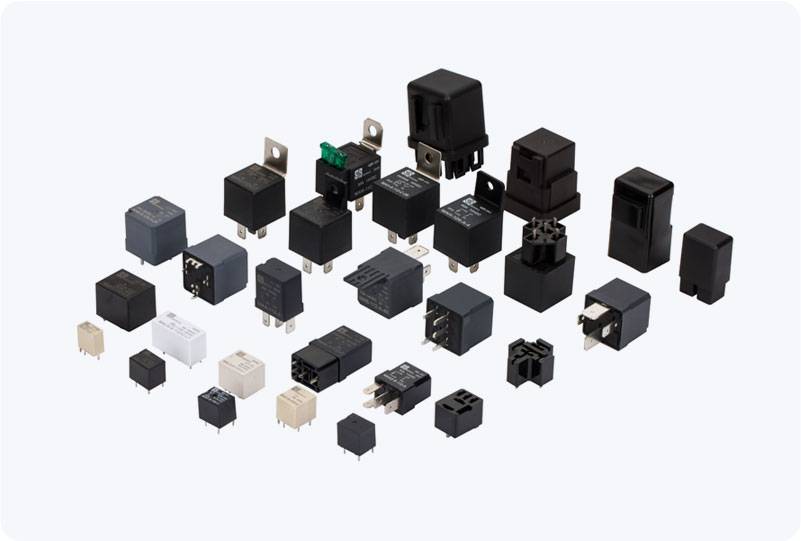understanding the 800v power distribution relay: key features and applications
Release time:2025-09-13 03:45:36
The 800V Power Distribution Relay is a critical component in high-voltage systems, especially those operating with 800V direct current (DC) environments. This relay plays a pivotal role in safeguarding electrical systems, ensuring their operational stability, and enabling efficient power distribution. As industries and technologies move toward higher-voltage solutions to improve energy efficiency, the 800V relay has gained significant attention, especially in electric vehicles (EVs), renewable energy, and industrial applications. This article explores the function, features, and applications of the 800V Power Distribution Relay in modern power systems.

What is an 800V Power Distribution Relay?
An 800V Power Distribution Relay is an electrical device designed to manage the distribution of power in high-voltage systems. It is engineered to handle voltages up to 800V, typically in DC circuits. The primary role of the relay is to protect electrical equipment by controlling the flow of current and disconnecting circuits in the event of a fault, such as a short circuit, overload, or other electrical abnormalities. In essence, it acts as a safeguard to prevent damage to sensitive components by promptly interrupting the electrical current under fault conditions.

